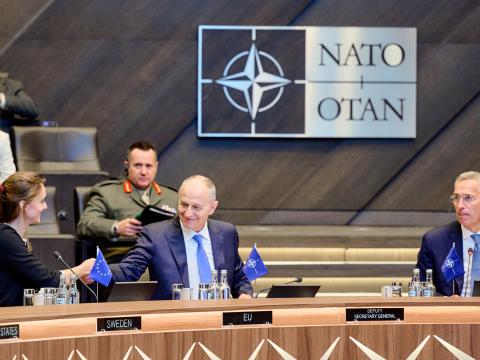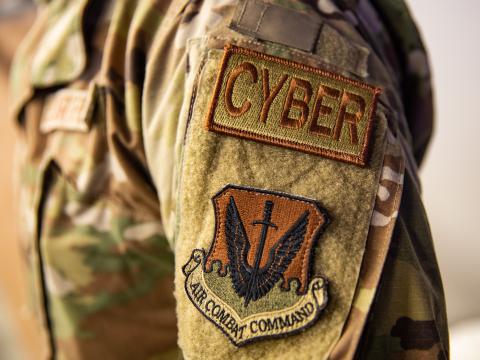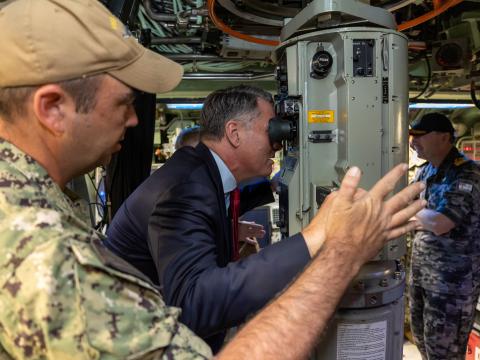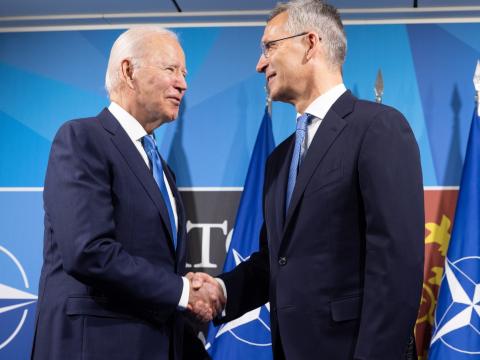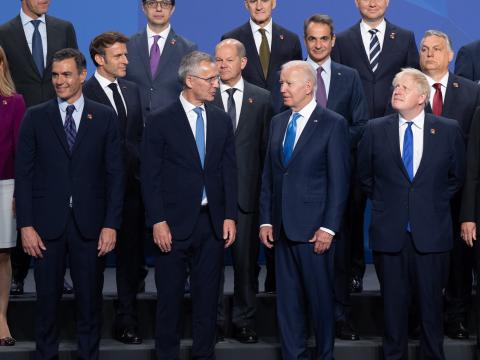Convergence at the Multinational Edge
"The principal point here is that it is the information we want to manage, not the technology. The technology should be transparent to the user."--Malcolm Green, chief of communication services, NC3A
MILCOM 2009 panelists discussing network centricity and coalitions explained the differences that exist in the methodology during operations that comprise more than just U.S. joint forces. Expectations as well as information must be managed, and this can be difficult in an environment that involves different languages as well as different cultures. Malcolm Green, chief of communication services, NC3A, shared that the International Security Assurance Force's (ISAF's) concept of communications involves each country operating in Afghanistan using its own infrastructure. This is necessary at least in part because of the language barriers that exist in the area. The intelligence that runs across this federated network also comes from each of the coalition's countries. "The principal point here is that it is the information we want to manage, not the technology. The technology should be transparent to the user," he said. NATO forces in the region have both static as well as deployable communications assets. In addition, the forces have crisis response operations capabilities. Green shared that network centricity at the ISAF can be best understood by examining the what, the why and the how. The "what" is merely having an Internet capability, but while this is simple in developed nations, it is not as easy in regions such as Afghanistan where no infrastructure or technology of any kind exists. Communications capabilities used in this theater must be robust and agile, he added. The "why"-or benefit of network centricity-is not new, Green pointed out. One of the best examples is Wal-Mart, a company that has a network that enables an extremely efficient logistics chain. It is this same type of responsiveness that coalitions must emulate. ISAF has been able to bring network centricity to operation Enduring Freedom through funding on the national, multinational and NATO levels. This approach not only ensures that no single nation is left holding the bill but also allows forces from each member country to use the systems they are accustomed to, Green explained. Three Thales employees also participated in the panel. They shared information about the phenomenal success of the Full Operational Capability Plus (FOC+), which the company was contracted by NATO to bring to the Afghan theater of operations. Because of prior work with the company, NATO officials were able to bring their concept to Thales, and the capability was up and running within approximately 90 days. The FOC+ is now the communications backbone in Afghanistan. It is an open architecture with systems approved by the NC3A, and it is security accredited. It integrates legacy and new systems and has been operating with 99.8 percent service availability. The FOC+ offers videoconferencing, VoIP, data, e-mail, Web and full-motion video access. More than 150 Thales personnel went to Afghanistan to install the system and remain there to support it. Thales' contract with NATO to provide FOC+ equipment, support and services will expire in October 2010, at which time the contract is likely to be re-bid, Green explained.
